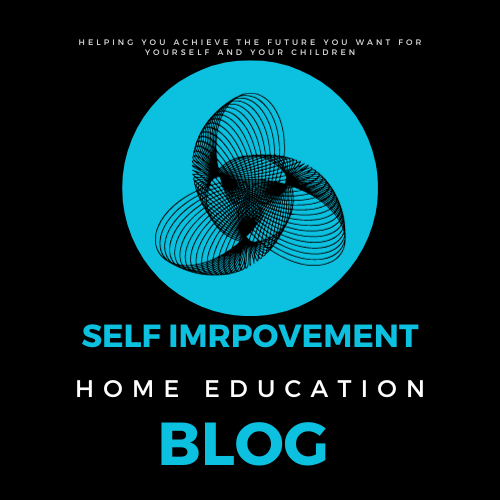
In recent years, homeschooling has gained traction as an alternative education
method, allowing parents to actively participate in their child’s learning journey.
As we delve into the middle school years, specifically grades 6-8, ages 11-13, it’s
crucial to understand how to effectively teach and nurture a solid foundation
in mathematics.
The Power of Self-Learning:
One of the key advantages of homeschooling is the ability to foster self-learning
skills in children. Middle schoolers are at an age where they can start taking
ownership of their education. Encouraging a growth mindset, where challenges
are seen as opportunities to learn, can significantly impact their approach to mathematics.
Understanding the Middle School Mind:
At ages 11-13, children are undergoing significant cognitive and emotional
development. Their minds are becoming more abstract and capable of
critical thinking. Tailoring your approach to match their developmental
stage is crucial for effective learning.
Mathematics and Cognitive Development:
Mathematics plays a pivotal role in shaping a child’s cognitive abilities.
Middle school is the time to reinforce fundamental concepts and introduce
more complex ideas. Here are key areas to focus on during these critical years:
Algebraic Thinking: Introduce the basics of algebra, helping students understand
and solve equations. This lays the groundwork for advanced mathematical
concepts in later years.
Geometry: Explore the world of shapes, angles, and spatial relationships.
Geometry not only strengthens mathematical reasoning but also enhances
visual-spatial skills.
Problem-Solving Skills: Encourage critical thinking by presenting real-world
problems. This helps students develop problem-solving skills, a valuable asset
both in and out of the mathematical realm.
Introduction to Data Analysis: Introduce the basics of statistics, graphs, and data interpretation.
This provides a practical understanding of how mathematics is applied in various fields.
Practical Approaches to Teaching Mathematics:
Hands-On Activities: Incorporate hands-on activities and real-world examples to make
mathematical concepts tangible and relatable.
Interactive Learning Tools: Utilize educational apps, online resources, and interactive
games to make learning engaging and fun.
Real-Life Applications: Demonstrate how mathematics is used in everyday life.
This helps students see the relevance of what they are learning and fosters a
deeper understanding.
Individualized Learning Plans: Tailor your teaching approach to your child’s learning style.
Some may benefit from visual aids, while others may prefer a more auditory approach.
Conclusion
In conclusion, homeschooling during the middle school years
provides a unique opportunity to shape a child’s mathematical mindset.
By focusing on key areas of development, fostering a growth mindset,
and employing practical teaching strategies, parents can lay a strong
foundation for future academic success and a lifelong love for learning.
Post Disclaimer: The information on this website is public information
and is not individual legal advice. Readers should not rely on or take
any action based upon the information on this website and professional
advice should be obtained particular to the legal circumstances one is
facing. While we strive for accuracy, it is possible that the information
on our site may contain errors or omissions. We disclaim any liability
for any such errors or omissions.
Affiliate Links Disclaimers: Some of the links on this website are
“affiliate links.” This means if you click on the link and purchase the
item, we will receive an affiliate commission. We disclose this in
accordance with the Federal Trade Commission’s 16 CFR, Part 255:
“Guides Concerning the Use of Endorsements and Testimonials
in Advertising.
